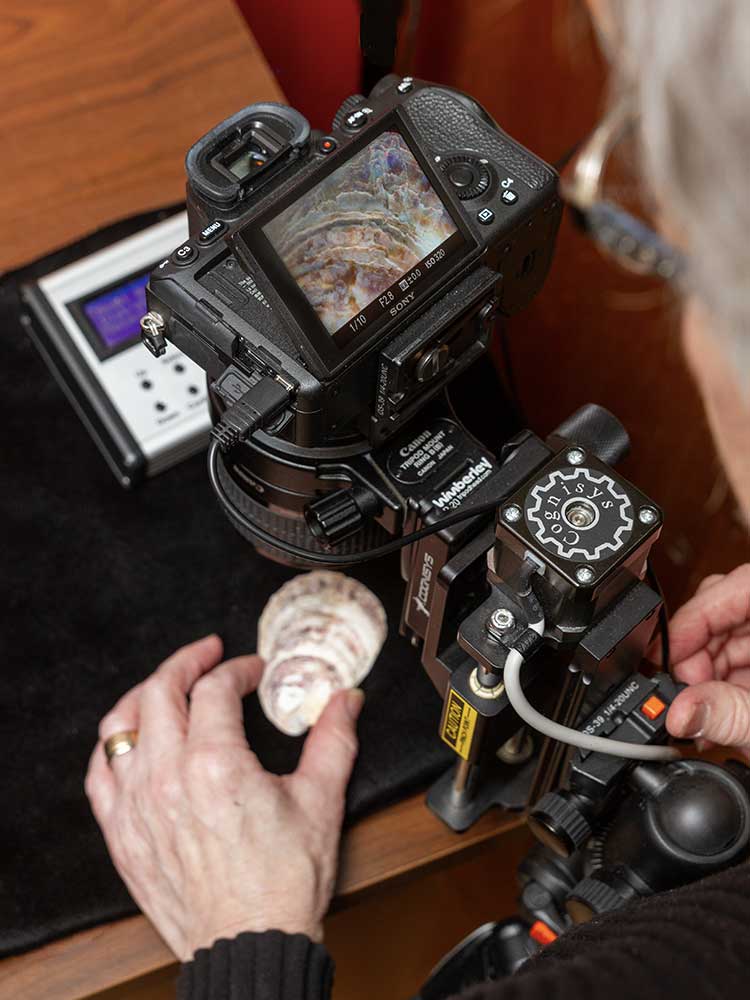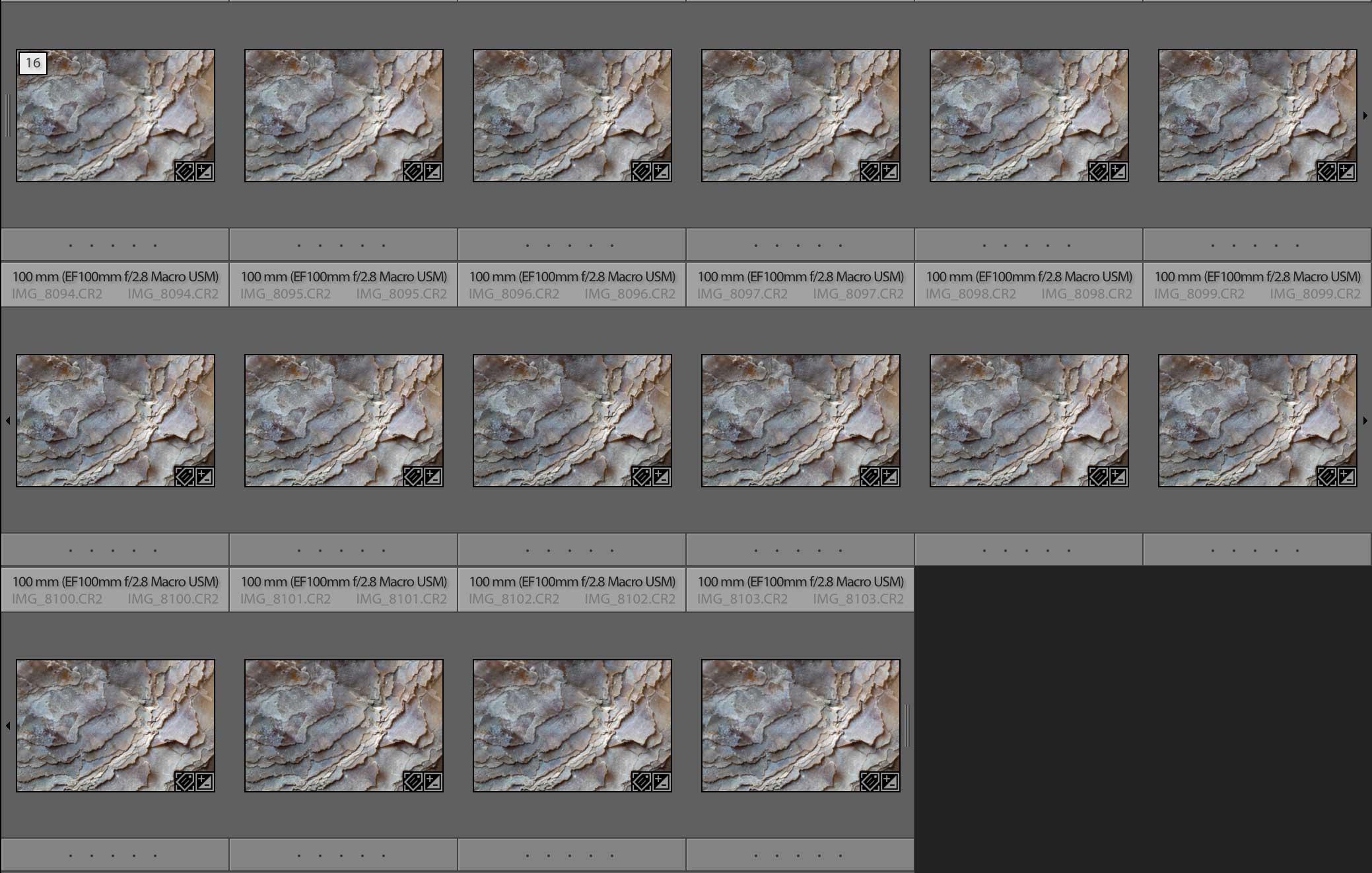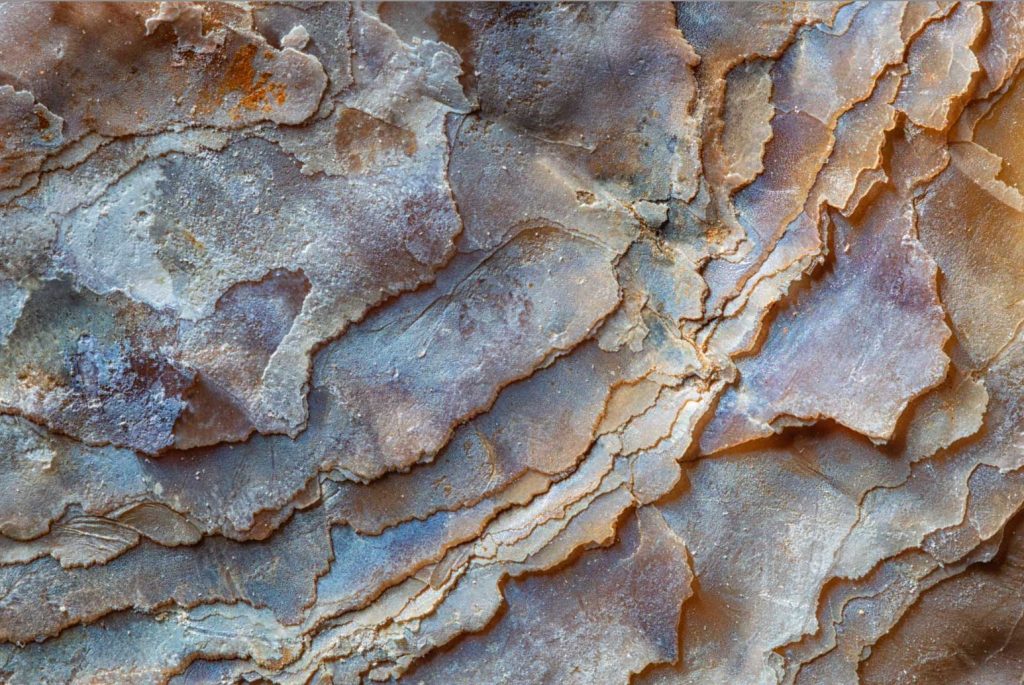Creating Oyster Art
Oyster Art is abstract nature photography that reveals the beauty of oyster shells largely hidden from the naked eye. Oyster Art aims to visualize an oyster’s merroir—its unique characteristics shaped by its environment, the season, and production practices—conveying a story about a specific time and place.
Confused now?
This short video of my creative process will take care of that.
After watching, let me know if you have any questions.
The oyster shell used in this video is from Cotuit, Massachusetts. Cotuit Oysters are grown on the Nantucket Sound side of Cape Cod. The Oyster Art has been christened “Sinuosity”.
This video helps express the enjoyment and wonder behind Oyster Art and how it will enhance your space with its unique story.
An enormous number of shells are collected then each one scrubbed, dried and catalogued by location. They wait their turn to be closely examined and have test shots taken. Locating interesting shapes, texture and colours will identify the few potential candidates to photograph.ere are many steps taken to create a piece of Oyster Art. If you keep reading you’ll gain some understanding and appreciation for the artistic journey






This type of macro photography places the camera very close to the shell. When the 5:1 magnification lens is used it may be only one inch away so there’s no room for natural light to fall on the shell. Typically an an external flash fires light from the top of the camera body. Since the lens itself is casting a shadow that option won’t work. Shown here is a specialized ring lite which provides illumination at the front of the lens right next to the subject. Another option is to use constant lighting with a high lumen count positioned adjacent to the shell.
In addition to sufficient lighting another macro photography challenge is being able to create an in-focus image. Our eyes can immediately adjust their focus when looking from area to area at different distances. When taking photographs the focus is on just one area at a time. The closer the camera is to a subject the less you can capture in focus at one time. So how do these Oyster Art macro images have so much in focus? The answer is focus stacking. It means carefully taking multiple photos of the same section of shell, each with a different sliver or spot in focus. A motorized focussing rail holds the equipment steady to avoid motion blur and can move the camera incrementally in 0.1mm steps.








This focus-stacking process can involve working with as many as 100 shots to create one final photograph. A combination of automated and manual post-processing aligns the focused portion of each shot into a single focused image. There’s always the chance/fear that a tiny section will be overlooked making the final stacked image missing a crucial in-focus area. Shown above is High Tide composed of 16 stacked images of the inspiration shell from Cascumpec, PE
Nature’s masterpieces in small sections of oyster shell have been absent from casual view far too long. Debbie Brady’s artistic vision and specialized macro techniques bring attention to these beautiful miniatures with her celebrated Oyster Art collection. Each one will enhance your space with a story!
